Description
From Juan Peña and his team at CafExporto, producers of some of Ecuador’s most famous microlots, comes a new project: a top-tier regional blend from Ecuador’s far south, produced entirely according to the same protocols as Hacienda La Papaya, Juan Peña’s award-winning farm.
Juan Peña’s strategy has always been to keep researching and growing with technology. Hacienda La Papaya, his farm located in northern Loja province, has an agreement with Cuenca’s University and Juan personally considers Hacienda la Papaya not only a center of production, but also a center of investigation with disciplinary teams such as agronomics, baristas (who visit him often and compete with his coffee), and cacao farmers. “We experiment with chemistry and I’m pretty sure that we have the best quality control, with sensors on harvest, developing of fertilizer, and drying rooms” Juan Says.
Tasting Notes: Best medium to dark roasted. The cup is full bodied, rich and smooth, just a hint of crisp floral at the light to medium roasts. Stronger nutty/chocolaty tones comingle with some nice herbal/vegetal spice, a buzzy acidity that keeps your tongue jazzed. A hint of caramel and soft fruit can be coaxed out of the beans in the light to medium roast range with some setup. If we had to compare, we pop it somewhere between a Peru and Costa Rican coffee, a very tasty combo. Dark roasts will mute almost all of the floral aspect and promote roasty nutty tones similar to a Colombian. Some added spice notes in the linger in the aftertaste.
Roasting Notes: Easy to roast, even with medium to low chaff. We recommend avoiding traditional light roasts, the spice notes come off a bit more vegital like a Kenya/Tanz coffee. Medium to dark devlops the lovely nutty/chocoalty undertones and mute some of the acidity. Assuming you can wait 3-4 days before drinking, a little longer setup really makes the cup pop especially if looking for the more delicate fruit/caramel like tones.
96% of the coffee is produced by just 7 growers in the Chito area: Rubén Cunia, José Jiménez, Pablo Guerrero, Melania García, Flavio Muñoz, Tuto Villaces, and Marco Abad. The remaining 4% comes from a few new farmers in the Morona-Santiago and Limón Indanza provinces, to Chito’s north. All participating farms practice rigorous cherry selection during harvest, depulp their coffees same day as picking, and ferment for 48 hours under water. Parchment is dried on raised beds in greenhouses with retractable sides to allow for select periods of airflow, which helps unwanted humidity escape and keeps temperatures stable. All dried parchment is stored in GrainPro bags on site for quality evaluation by the CafExporto team.
Zamora Chinchipe, in which Chito is the southeastern corner, is one of Ecuador’s southernmost provinces. This part of the country is almost entirely high elevation and is covered in various microclimates of páramo (alpine tundra) humid forests, and jungle. This stretch of the Andes is a kind of ecological bridge between the vast inland Amazonian basin to the east, and the coastal desert of northern Peru. It’s a unique blend of humid and arid zones with an elevation and fertility that privileges specialty coffee production. Zamora Chinchipe in particular, because of its closeness to the Amazon, is associated by Ecuadorians with an unparalleled natural wealth, and coffee producing areas are interspersed with national parks and protected forests. Farmers were paid an average farmgate equivalent of $3.01/lb for green, exportable coffee.
Before the development of Ecuador’s northern estates, the southern provinces of Loja and Zamora Chinchipe were synonymous with the country’s coffee industry. And their production resembles that of neighboring Colombia and Peru: remote, small family plots picking and processing coffee by hand, represented through local growers’ organizations, and generally speaking regionally homogenous profiles. Records held by the Ecuadorian Censo Nacional Económico, the country’s economic statistical office, show that coffee was first commercialized in the Loja region in 1820. So, coffee across Ecuador’s south is many generations old and is considered a meaningful heritage to thousands of landowners of indigenous descent. This small blend hopefully represents a long-term program of excellent quality not through rare cultivars or high-priced auctions, but through strong fundamentals and shared knowledge between accomplished estates and aspiring small farms.
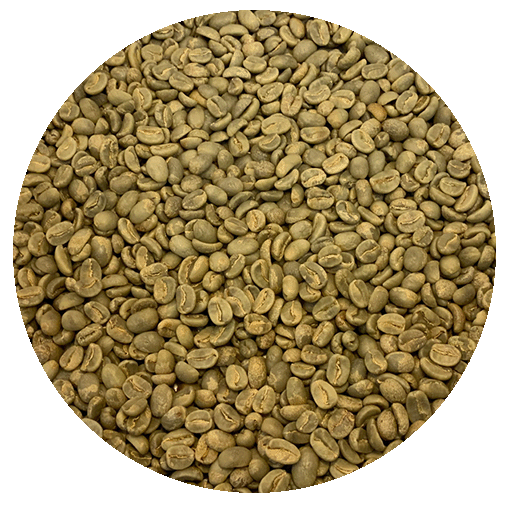
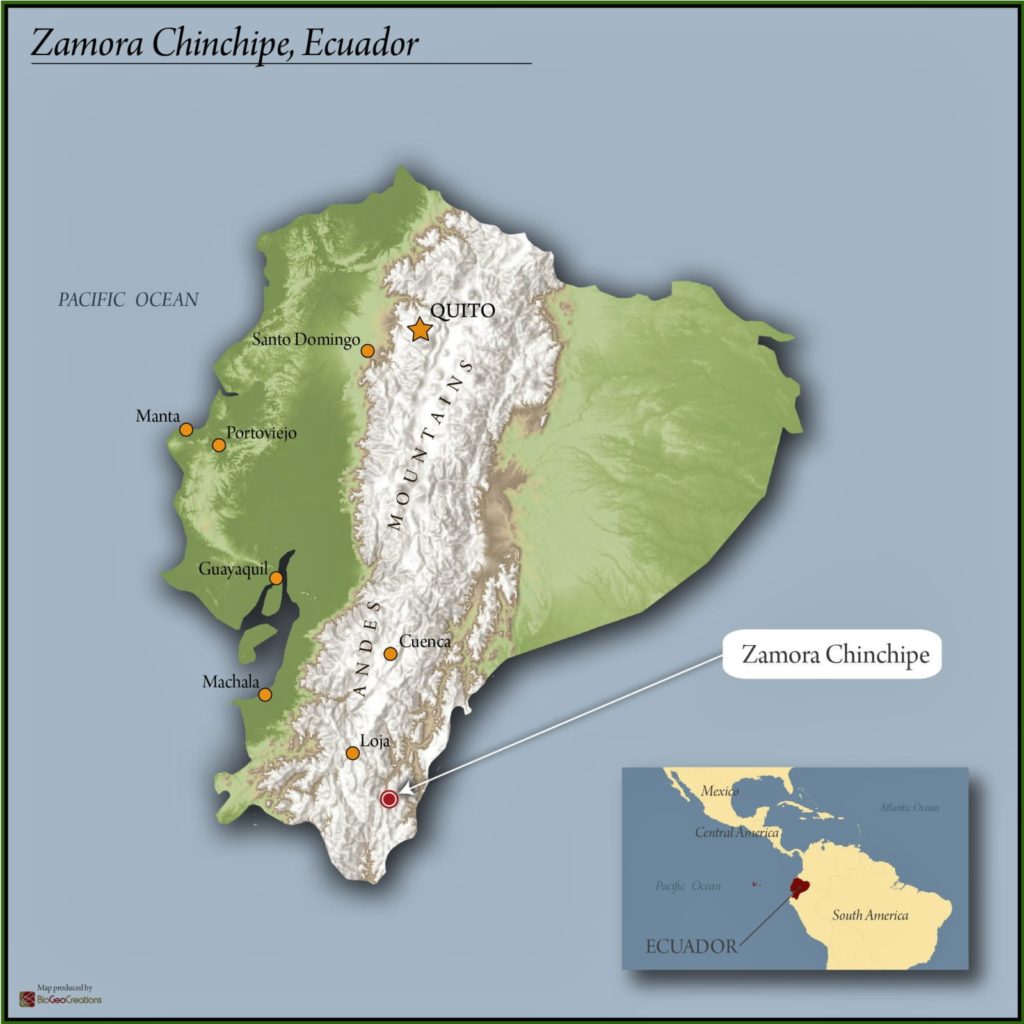
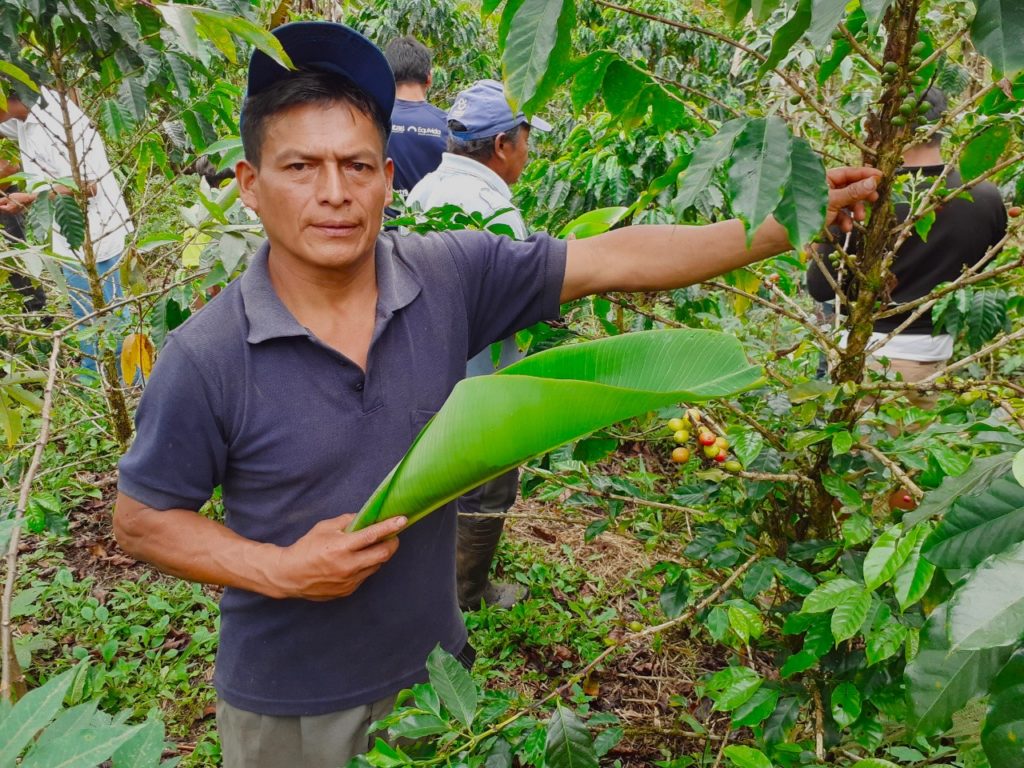
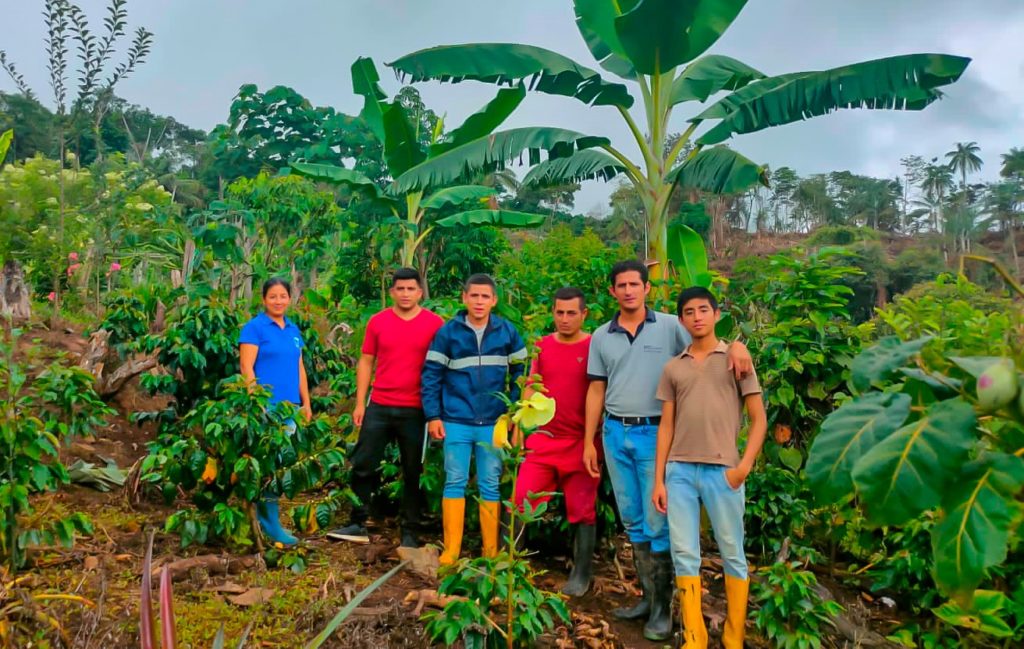
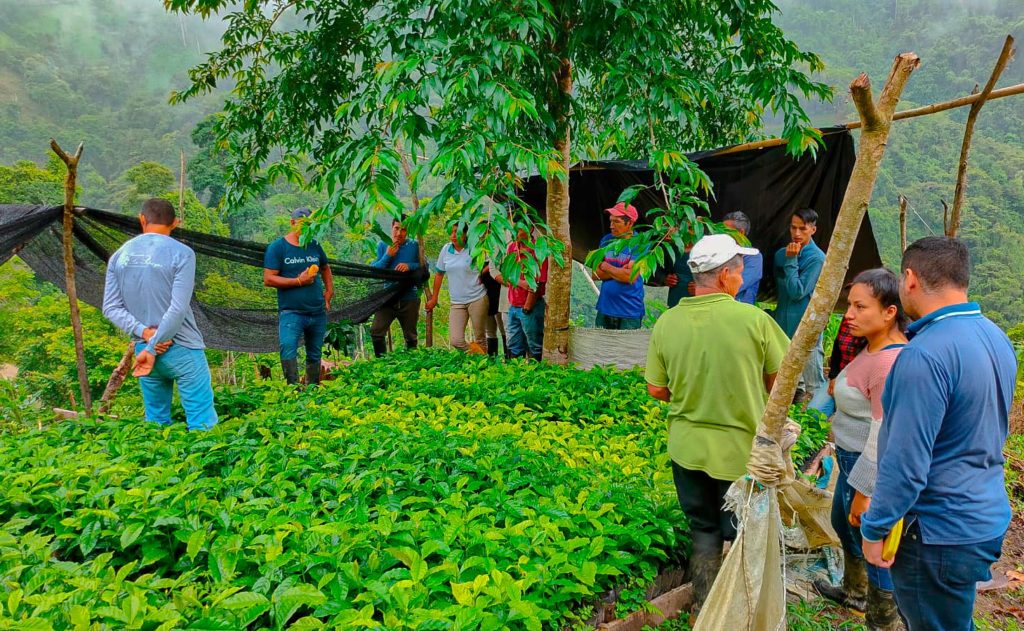
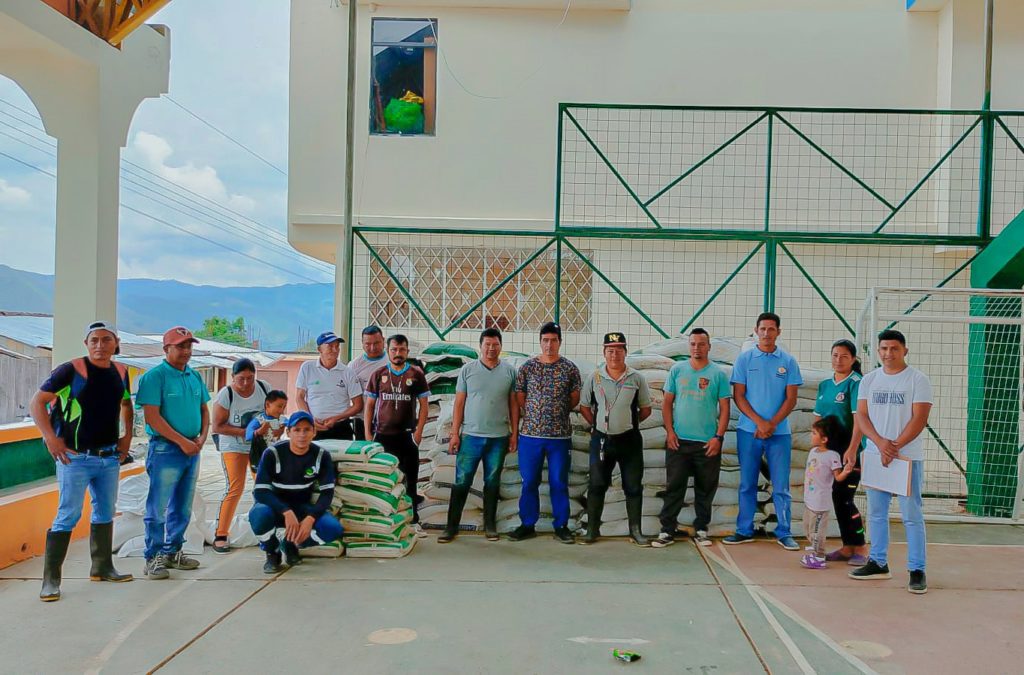
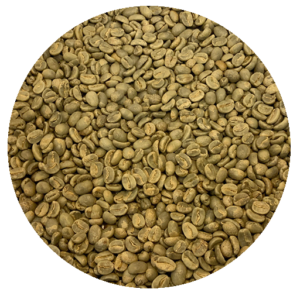
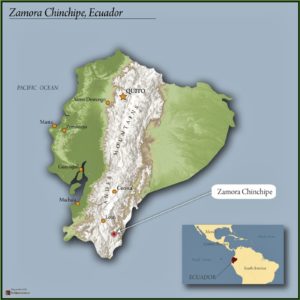
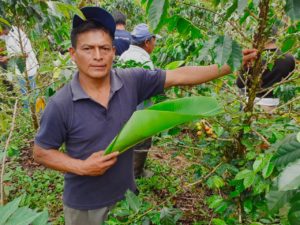
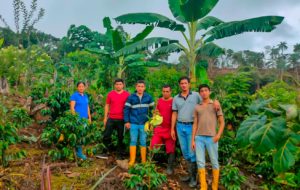
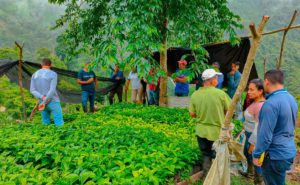
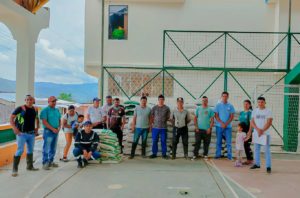
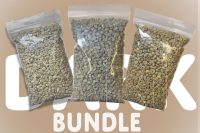
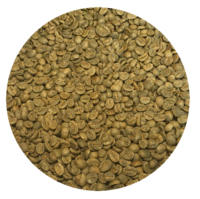
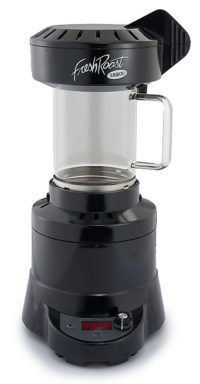
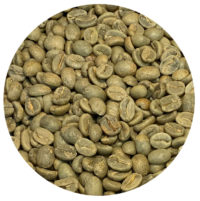

Reviews
There are no reviews yet.